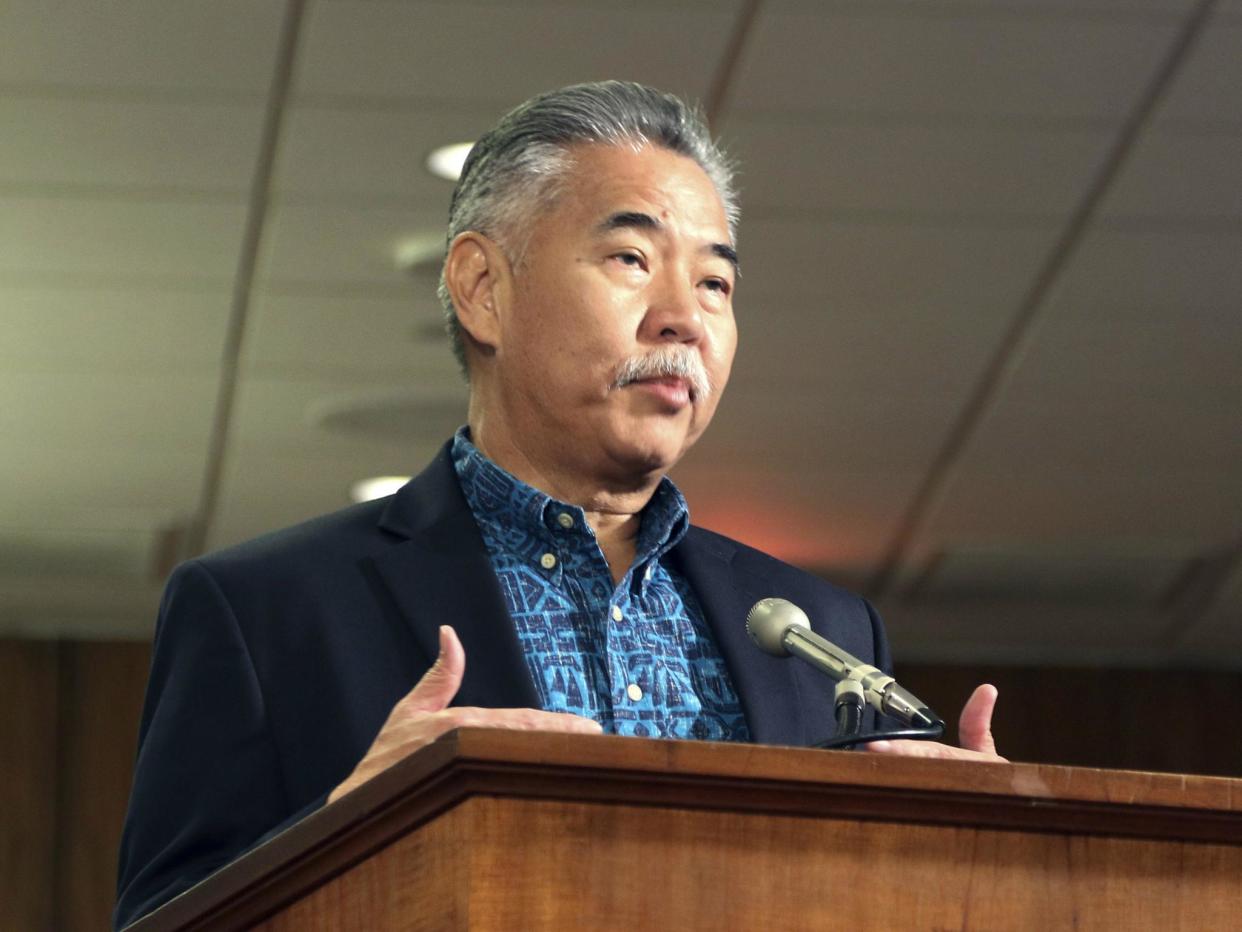Hawaii governor: I couldn't warn public about false missile alert because I forgot my Twitter password

Governor of Hawaii David Ige said he had forgotten “my Twitter account log-ons and the passwords” during the 13 January ballistic missile debacle.
All mobile phones on the islands had received an emergency alert from the state saying they had just 15 minutes to find shelter before a ballistic missile would hit.
Others like Hawaii Congresswoman Tulsi Gabbard had rushed to tweet out that it was a false alarm to terrified citizens, but Mr Ige’s account was silent for 17 minutes.
The official state message informing people that it was a false alarm for a tense 38 minutes either.
Mr Ige had been informed it was a mistake just two minutes after the alert was sent at 8:07 am.
At 8:24 am local time, he tweeted: “There is NO missile threat.”
“Certainly that’s one of the changes that I’ve made,” Mr Ige said in response being pushed for an explanation
Mr Ige did not address the false alarm during his recent State of the State speech.
His Facebook account also did not post the crucial correction for 23 minutes after the initial mistaken alert, but he did not say whether he had forgotten his password to that account.
“The focus really was on trying to get as many people informed about the fact that it was a false alert,” he said, adding that he had been making calls to emergency management officials in the immediate wake of the alert.
Mr Ige has said he has since added and saved his passwords to the Twitter app on his mobile phone to avoid future errors.
The state has been preparing for a nuclear missile attack from North Korea since last year when tensions between President Donald Trump and leader Kim Jong-un escalated.
The state had begun testing a siren warning system, a wailing sound, in November - something that had not been employed since the Cold War.
Hawaii does not have any public fallout shelters at this time, just one of the flaws highlighted by the false alarm.
It had been caused by someone clicking on the wrong option in a drop-down menu of confusing links.
As the Washington Post reported the menu contains all manner of public warnings, from Amber alerts about missing children to tsunami warnings and road closures.
While some of the options are obvious and laid out in layman terms, “others, including the one for a missile attack, “PACOM (CDW)-STATE ONLY,” use shorthand initials."
PACOM is the United States Pacific Command, the military command based in Hawaii.
“And the menu contained no ballistic missile defence false alarm option — which has now been added,” the newspaper reported.
The Honolulu Civil Beat newspaper obtained a copy of the document circulated at a closed-door meeting held last October by city and state officials.
It included chapters titled “Enhance missile launch notification process between US Pacific Command and the State Warning Point” and “Publish a new ‘Ballistic Missile Threat Annex’ to the State Emergency Operations Plan (underway).”
But in a darkly positive note the Frequently Asked Questions portion of the document said “current estimates of human casualties based on the size (yield) of North Korean nuclear weapon technology suggests an explosion less than 8 miles in diameter” which would mean about 90 per cent of the state’s population would survive in the event of an attack

 Yahoo News
Yahoo News 
